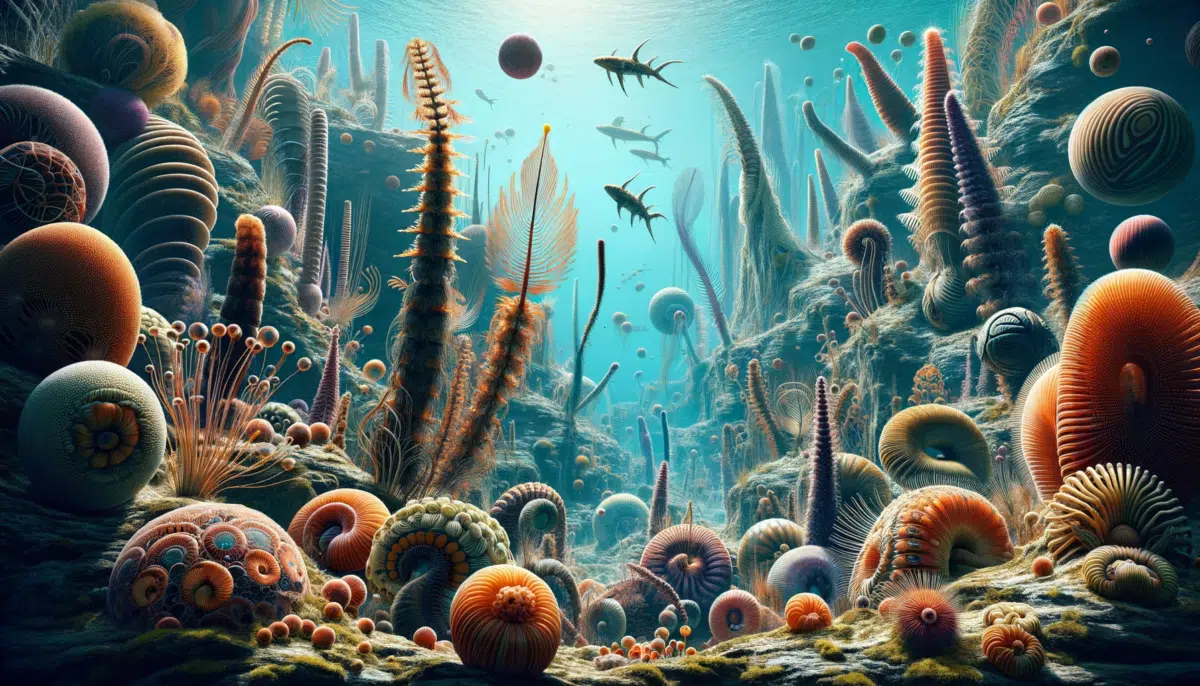The first complex animals to have ever existed arose during the Ediacaran period (635–540 million years ago). Before then, less complex and single-celled organisms, like sponges and cyanobacteria, populated the Earth.
Fossils found during an archaeological study in Carmarthenshire, Wales, in the 1970s have recently been dated to 564 million years old. These are some of the oldest animal fossils ever discovered.
But what did these fossilized creatures look like? And what other animals from the Ediacaran Period have been discovered?
The Welsh Fossils
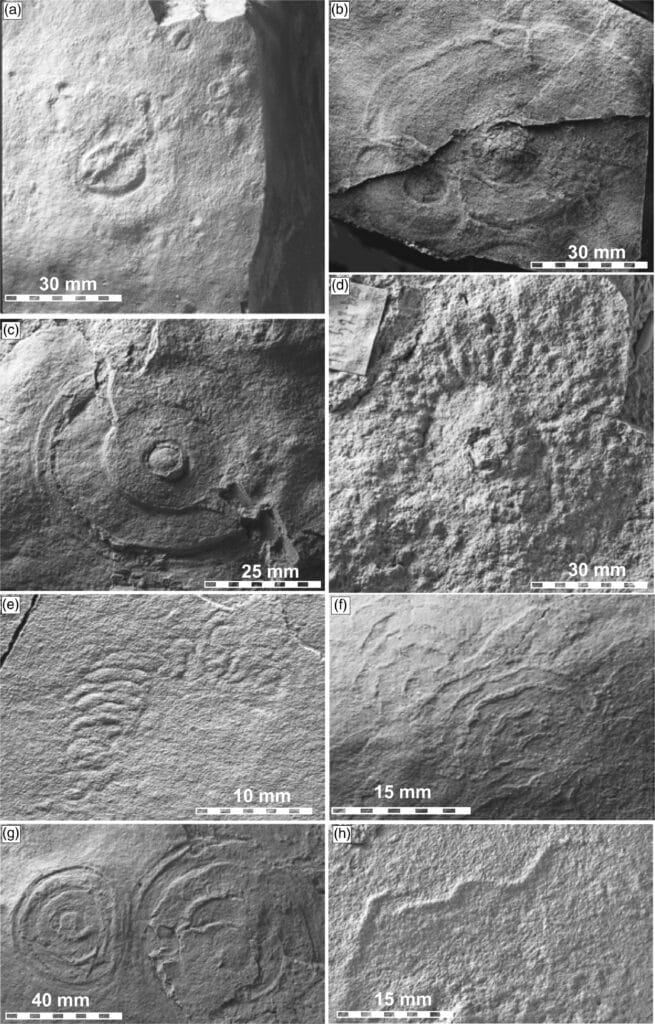
The Welsh fossils, otherwise known as the Llangynog fossils, were first discovered in the Llangynog Inlier in 1977 by Professor John Cope. Professor Cope estimated then that these fossils dated back to the Precambrian era, but they had not accurately been dated until now.
PhD student Anthony Clarke used a method of measuring radioactive decay on volcanic ash layers to determine the approximate age of these fossils. The results confirmed Professor Cope’s estimate. At about 564 million years old, these fossils were found to originate from the Ediacaran period during the Precambrian era.
The Precambrian era is, as far as we can tell, the earliest years of Earth’s existence.
The Ediacaran Period
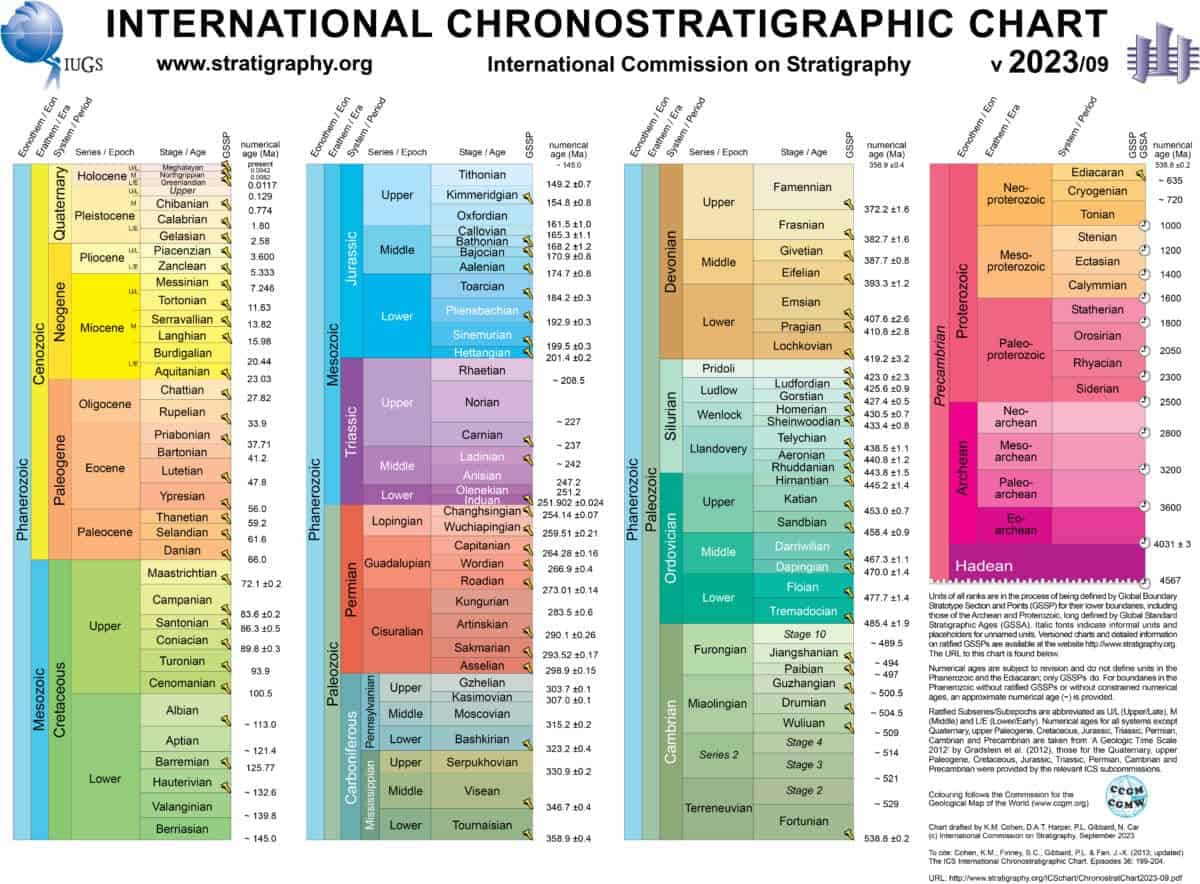
This geological period was named after the Ediacara Hills in South Australia, where the first Ediacaran fossils were discovered.
Ediacaran fossils are important for our understanding of how complex life, as we know it, evolved. It is well established that all life comes from a “primordial soup,” but understanding how it evolved from that to where it is now is still poorly understood. Fossils like the Welsh fossils are useful for scientists to better understand the circumstances at which life developed. Furthermore, they can give us an insight into Earth’s geology during that time.
Ediacaran Mass Extinction
A recurring theme on Earth: with life comes death. The last of the Ediacaran animals died out during the world’s first mass extinction event. Geological studies have found that Earth’s oceans became almost entirely depleted of oxygen, which is the most likely cause of the mass extinction event.
The organisms that survived to start the Cambrian explosion were those that either required no oxygen at all (anoxic) or were somewhere where they didn’t need to compete for oxygen, like burrowed in the soil.
Ediacaran Fossils
Ediacaran fossils have been found at 40 sites worldwide. Most notably, Newfoundland in Canada, South Australia, Russia, and Namibia.
Ediacaran animals arose at the end of an ice age and largely populated ocean environments. Many of these animals may have resembled jellyfish, flatworms, and sea anemone. These organisms display biological characteristics similar to those of modern animals, including mobility, heterotrophy, sexual reproduction, and skeletonization.
Based on the descriptions of the animals, provided by Ediacaran.org, we asked DALL·E to draw what these animals may have looked like. Just ignore the text, AI is not perfect.
Aspidella

Dickinsonia costata
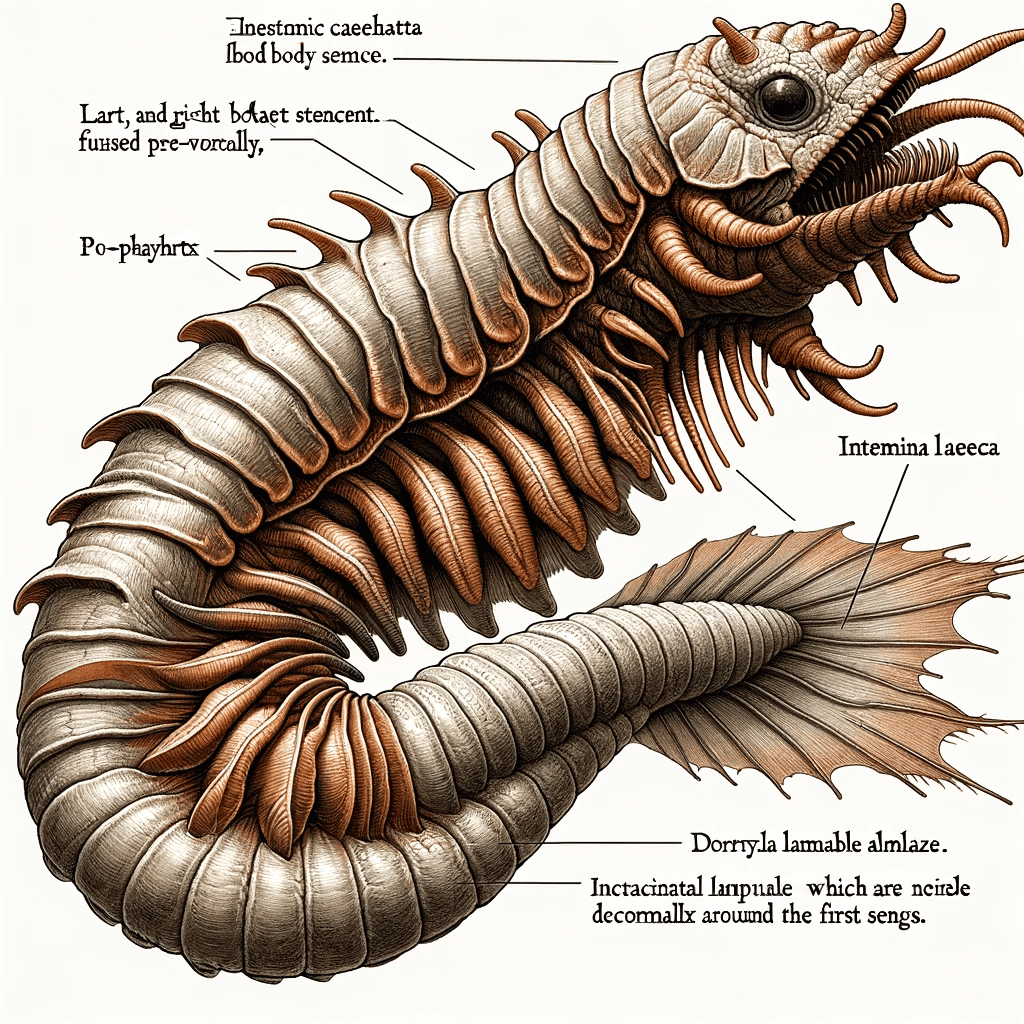
Beothukis mistakensis
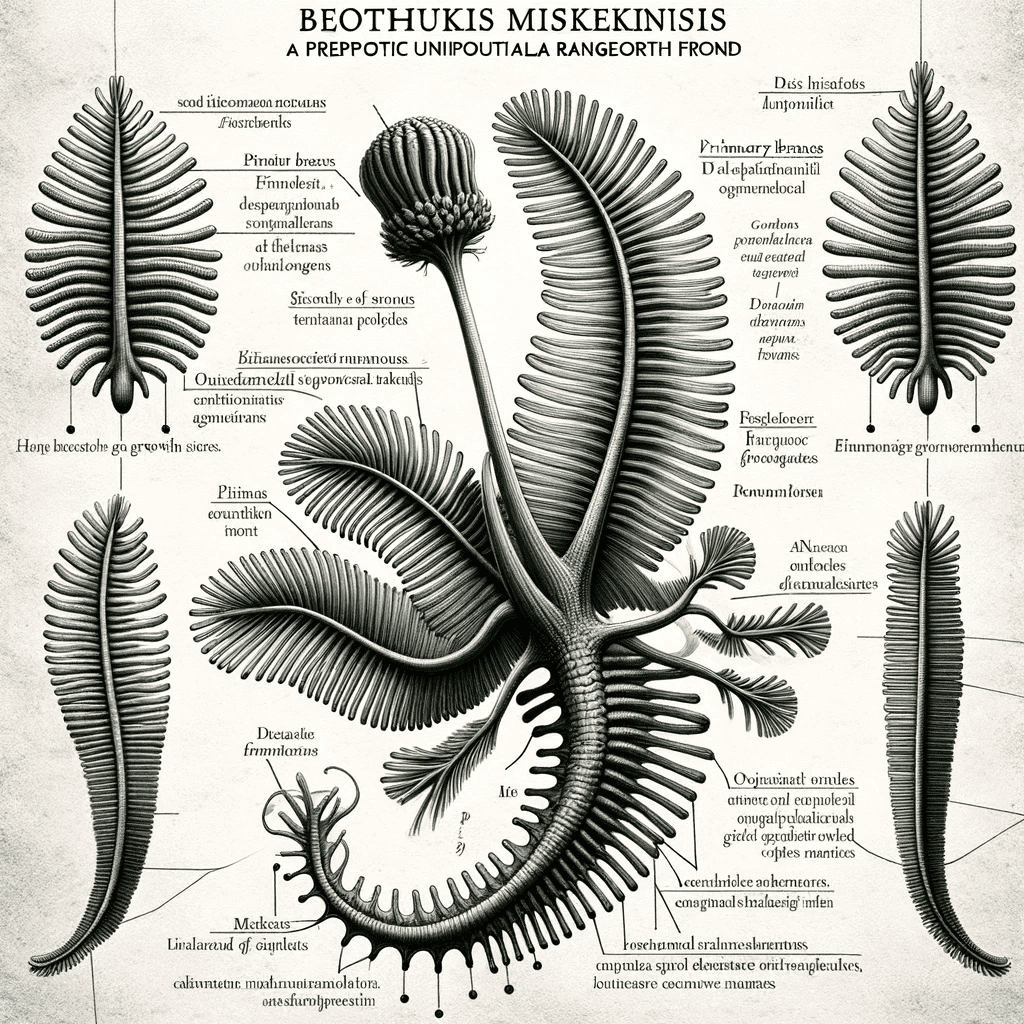
Coronacollina acula
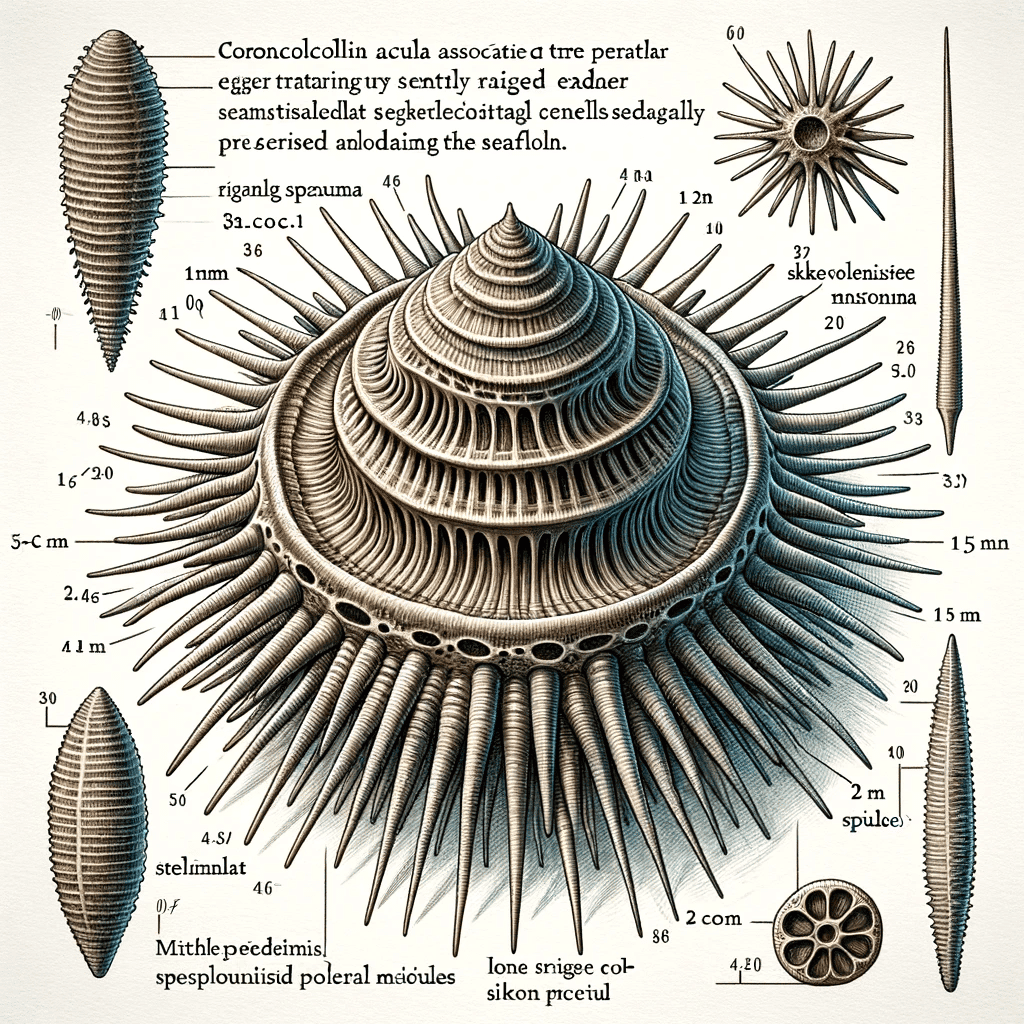
Inaria karli
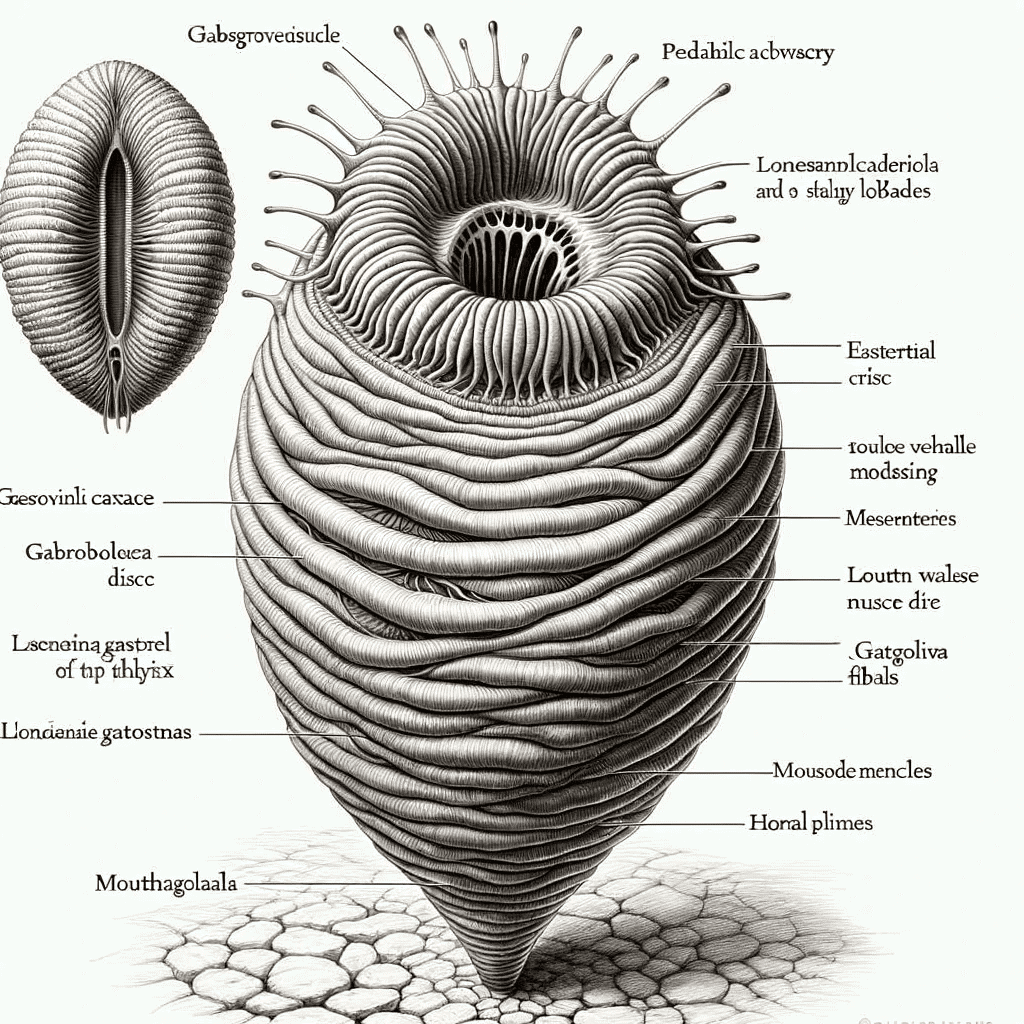
Haootia quadriformis
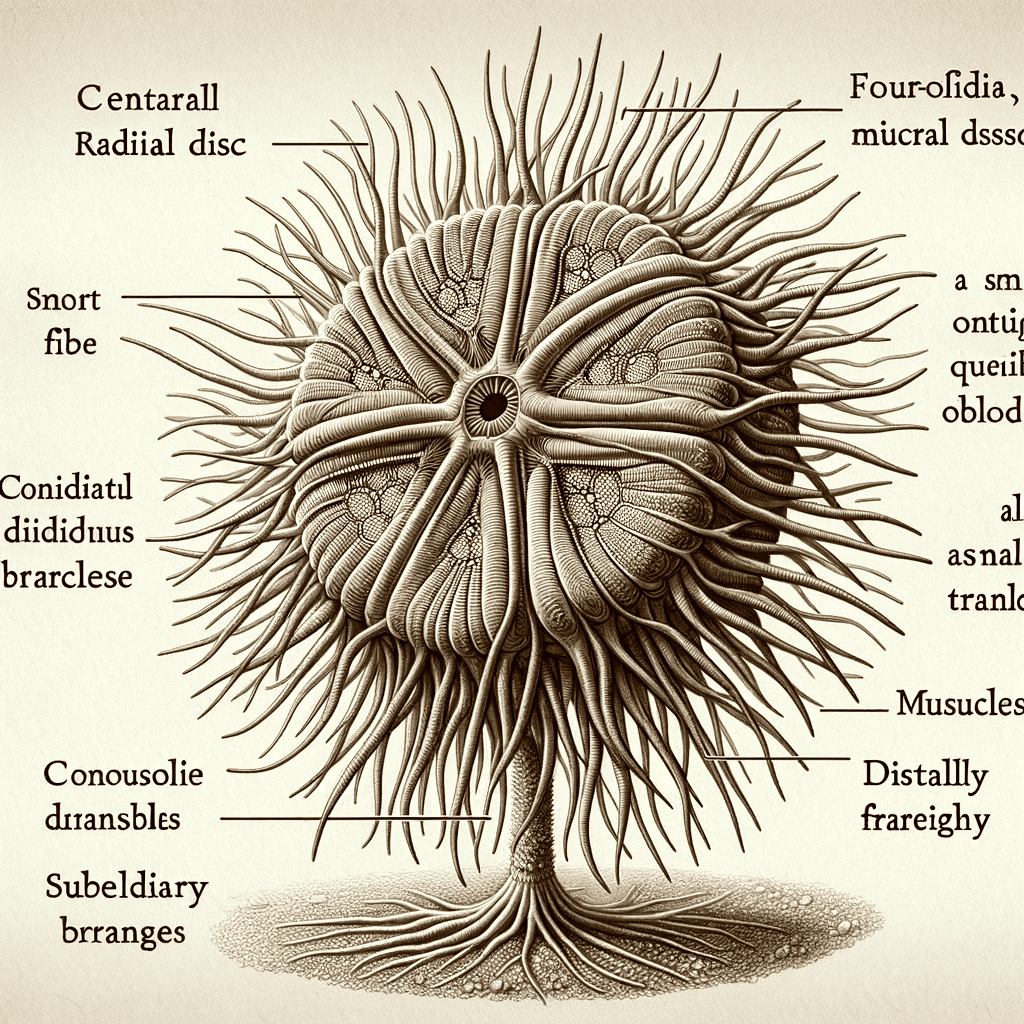
Conclusion
Discoveries such as that of the Welsh fossils help us to unravel some of history’s mysteries so that we may better understand our evolution.
If you want to see the Welsh fossils for yourself, they are at the National Museum of Wales in Cardiff.
You may also like:
- Sci-fi or Reality: Can Animals Be Brought Back From Extinction?
- New Dinosaur Discovery: Stenokranio boldi
- Top 10 Dangerous Prehistoric Animals
Join our Forum for free today!

- Glow-in-the-Dark Sharks & Other Fascinating Bioluminescent Fish - July 10, 2024
- Why Flamingos Are Totally Hardcore - July 3, 2024
- Nuclear Tech to Combat Poaching: Radioactive Rhino Horns - July 2, 2024

